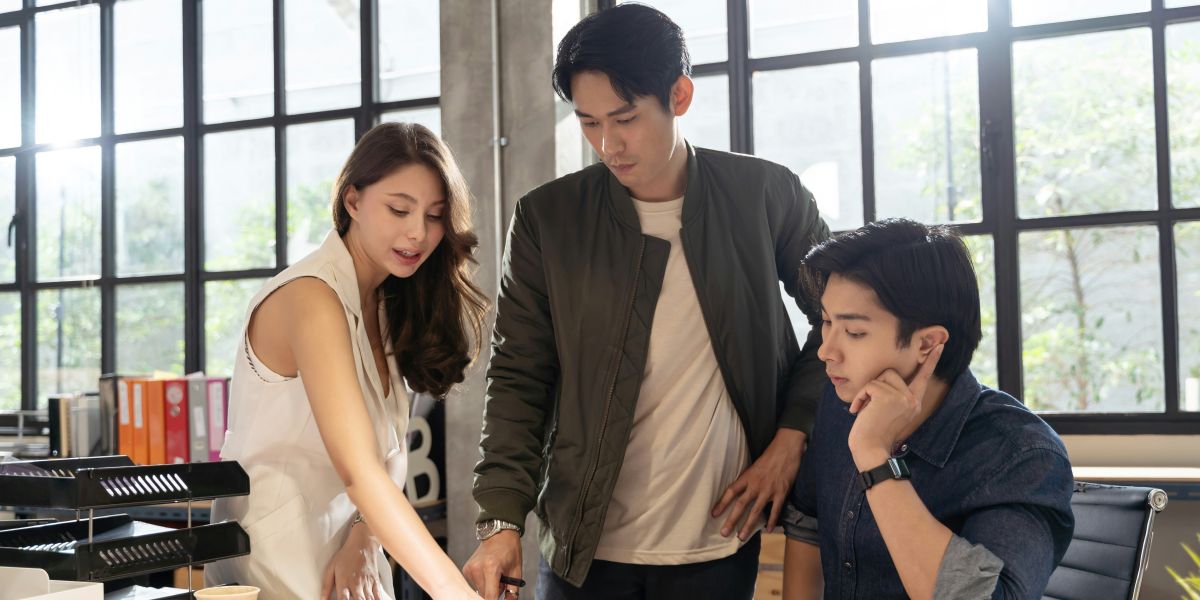By: Jerry Gorovoy
Jerry Gorovoy is a distinguished figure in the art world, renowned for his extensive career and deep association with Louise Bourgeois. After pursuing a Master of Fine Arts at Pratt Institute, he spent his early career engaging with notable galleries in New York City. He met Bourgeois in 1980 and dedicated nearly three decades as her assistant. His early career saw him engaging with notable galleries before dedicating nearly three decades as an assistant to Bourgeois, playing a pivotal role in managing and promoting her legacy. Since 2010, Gorovoy has served as President of The Easton Foundation, ensuring the preservation and appreciation of Bourgeois’s oeuvre. His contributions to art are highlighted through numerous publications, exhibitions, and lectures globally.
Q&A with Jerry Gorovoy
Jerry, you’ve had a long and distinguished career in the art world, starting from your education in fine arts and leading up to your current role as President of Louise Bourgeois’s The Easton Foundation. What drew you to the art world initially?
“I was fascinated by the power of visual expression and its impact on culture and individual perception. The dynamic and ever-evolving nature of art, coupled with the opportunity to engage with creative minds, solidified my path in the art world.”
Your work experience is quite extensive, including positions at The Drawing Center, Max Hutchinson Gallery, and Gallery Lelong before working closely with Louise Bourgeois. How did these experiences shape your approach to art and its presentation?
“Each of these positions offered me unique insights into the operational aspects of galleries and the art market, as well as the opportunity to work with a diverse range of artists and mediums. Working at The Drawing Center and galleries like Max Hutchinson and Gallery Lelong exposed me to the curatorial process and the importance of context in presenting art. These experiences honed my skills in exhibition planning and deepened my understanding of the artist-gallery relationship, which proved invaluable when I began working with Louise Bourgeois.”
You served as an assistant to Louise Bourgeois for nearly three decades before becoming President of The Easton Foundation. What was it like working so closely with such a renowned artist?
“Working with Louise Bourgeois was an extraordinary experience. It was a deep dive into the mind of a visionary who constantly explored themes of emotion, memory, and the subconscious through her art. Louise was not only a mentor but also a collaborator, and our relationship was built on mutual respect and a shared commitment to her artistic legacy. The years I spent by her side taught me invaluable lessons about creativity, resilience, and the importance of personal narrative in art.”
You’ve contributed to numerous publications on Louise Bourgeois and have lectured extensively. What message do you aim to convey about Bourgeois’s work and its significance?
“Through my publications and lectures, I aim to highlight Louise Bourgeois’s profound impact on contemporary art, particularly her exploration of psychological depth, personal history, and the human condition. Her work challenges viewers to confront their own vulnerabilities and strengths, making her contributions timeless and universally resonant. I strive to shed light on her thematic boldness and how her personal experiences, memories, and reactions shaped her artistic output, emphasizing her role as a pioneer who transcended traditional boundaries.”
Looking back on your career and your time with Louise Bourgeois, what do you consider your most significant contribution to her legacy and to the art world at large?
“I believe my most significant contribution has been to ensure that Louise Bourgeois’s pioneering work and her unique voice continue to be appreciated and understood by future generations. By overseeing The Easton Foundation, I’ve worked to preserve her artistic legacy, promote her oeuvre through exhibitions, publications, and educational programs, and support emerging artists inspired by her work. My goal has been to maintain the integrity of her vision while making her art accessible to a wider audience, thereby cementing her place in art history and inspiring ongoing dialogue about her influence and relevance.”
Key Takeaways
- Deep Commitment to Artistic Legacy: Jerry Gorovoy’s work with Louise Bourgeois transcends the role of an assistant; it reflects a profound commitment to preserving and promoting the legacy of one of the 20th century’s most influential artists. His efforts ensure that Bourgeois’s pioneering work remains relevant and accessible to new generations of artists and art enthusiasts.
- Extensive Experience in the Art World: Gorovoy’s career showcases a rich tapestry of experiences across prestigious galleries and institutions, providing him with a unique perspective on the art world’s dynamics. This background has equipped him with the knowledge and skills necessary to manage The Easton Foundation effectively and contribute significantly to art discourse through publications and lectures.
- Advocate for the Power of Art: Through his close collaboration with Bourgeois and his own professional journey, Gorovoy emerges as a staunch advocate for the transformative power of art. His narrative underscores the importance of personal experience, psychological depth, and the exploration of the human condition in art, highlighting how these elements can foster a deeper understanding and appreciation of artistic works.
Published by: Martin De Juan










